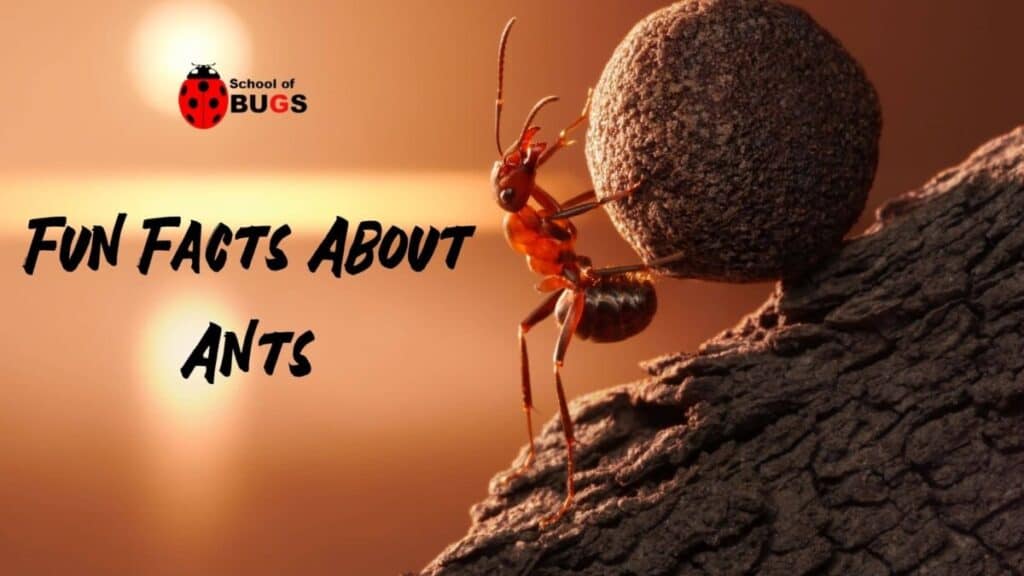
Ants are some of the most common insects in the world. They are truly ubiquitous and they can be found almost everywhere where humans live, and in places, they don’t too.
While seeing an ant is quite a common sight, there are some truly outstanding things about these insects.
Here are 10 crazy facts about ants:
#10 Ants Are As Old As Dinosaurs
According to the most recent findings, ants may have come into existence as far back as 168 million years ago. That means ants existed during the Jurassic period when they shared their habitat with dinosaurs.
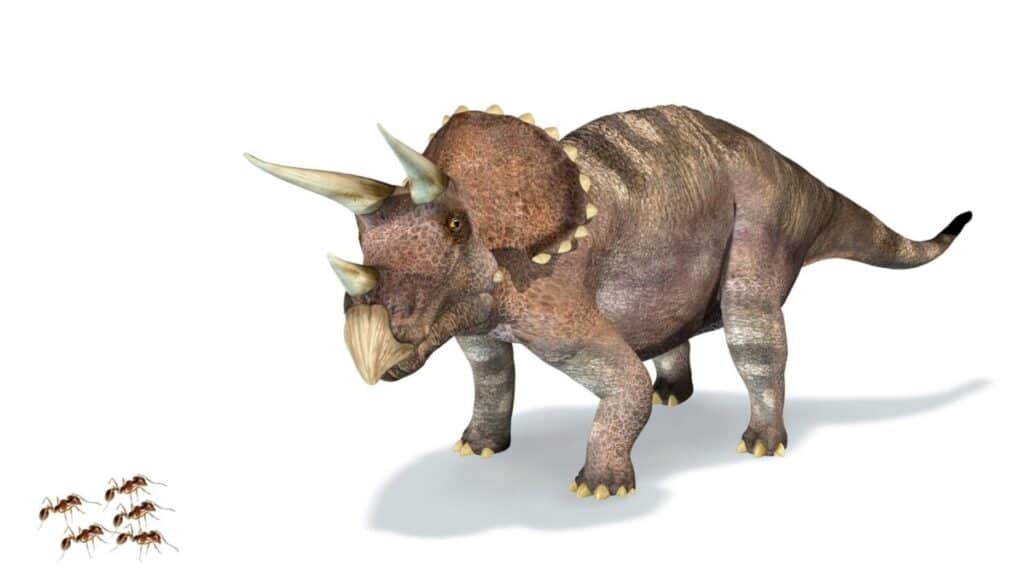
Ants are so old that when they first appeared, flowering plants weren’t even a thing. Indeed, these appeared much later, which coincidentally helped ants increase their population.
#9 Ants Can Carry More Than 50x Their Weight
Ants are insanely strong. You’ve surely seen an ant carrying a huge piece of food or a dead insect, but have you ever wondered how strong are they exactly?
Well, they are very strong. Many species of ants can carry 50 times their own weight. When we would compare that to the average weight of a human, that would mean carrying over 3000 kg.
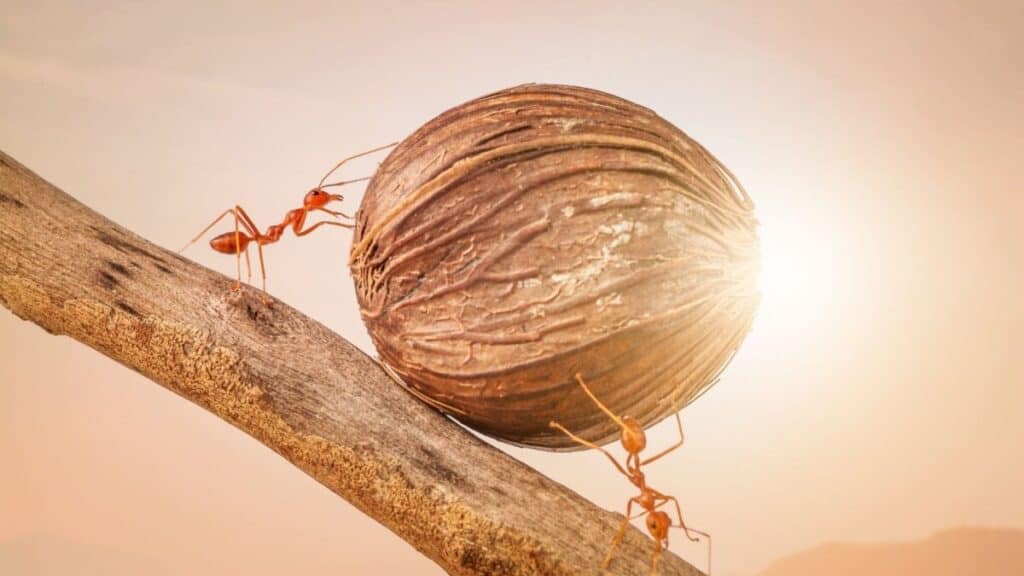
The 50x the ant’s body weight is a conservative estimate, though. The strongest weight-lifting ant observed so far is the Asian Weaver ant.
This species of ant has been caught on camera carrying a 500mg weight while hanging upside down. That’s some superhero strength right there!
#8 Ants Don’t Breathe Through Their Mouth
Ants do not have lungs, just like most insects. But they do breathe. Do you know how?
Well, it might surprise you that ants, while they do have mouths, don’t use those for breathing at all. Instead, they use a series of tiny holes, called spiracles.
There are 20 spiracles altogether, arranged in 10 pairs. These holes are evenly distributed down the sides of bodies.
These tiny holes further spread out into a branching network of microscopic tubes throughout the ant’s body.
Humans and other mammals use blood to transport oxygen to their cells, but ants don’t. Instead, the oxygen travels directly through these tiny tunnels to their cells.
#7 Ants Have A Storage Pouch In Their Stomach
Some say that ants have two stomachs, but that’s technically not true. Anatomically, ants have only one stomach, but it’s separated into three sections.
The first of those sections often called the crop, is meant to store food rather than digest it.
So what happens to this food the ants set aside in a corner of their stomach? Are they saving it for later? Well, they often share this food with other members of their colony by vomiting it into their mouths.
This is why the crop has often been called the ‘social stomach’ of the ant. Hence, they do have two stomachs – one for the individual and one for the colony.
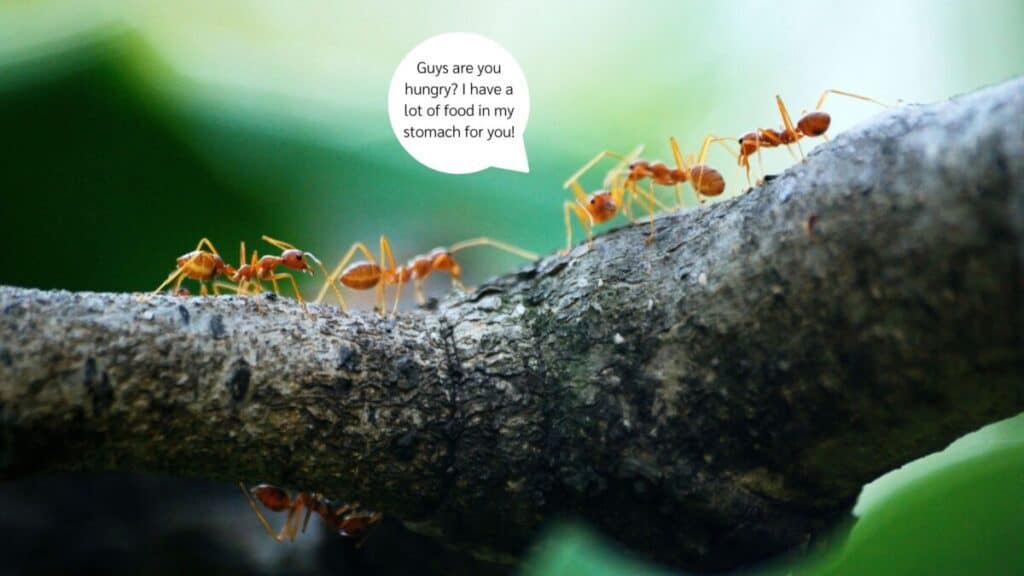
#6 Ants Have Sticky Pads on Their Feet
You’ve probably seen an ant walk up a wall, or even upside down on the ceiling. They can do this even on very smooth surfaces, like glass.
As we mentioned before, ants can hang off a glass ceiling while carrying many times their body weight.
What allows ants to stand upside down like this are the sticky pads on their feet. But if these pads are so sticky, how does an ant move its legs?

Well, scientists say the adhesive pads on ant feet work somewhat like suction cups, using a process called capillary adhesion.
#5 There Are 13,000+ Different Species of Ants
There are more than 13,800 species of ants known to man. But actually, some estimates say there might be a couple of thousand more which scientists have not yet described.
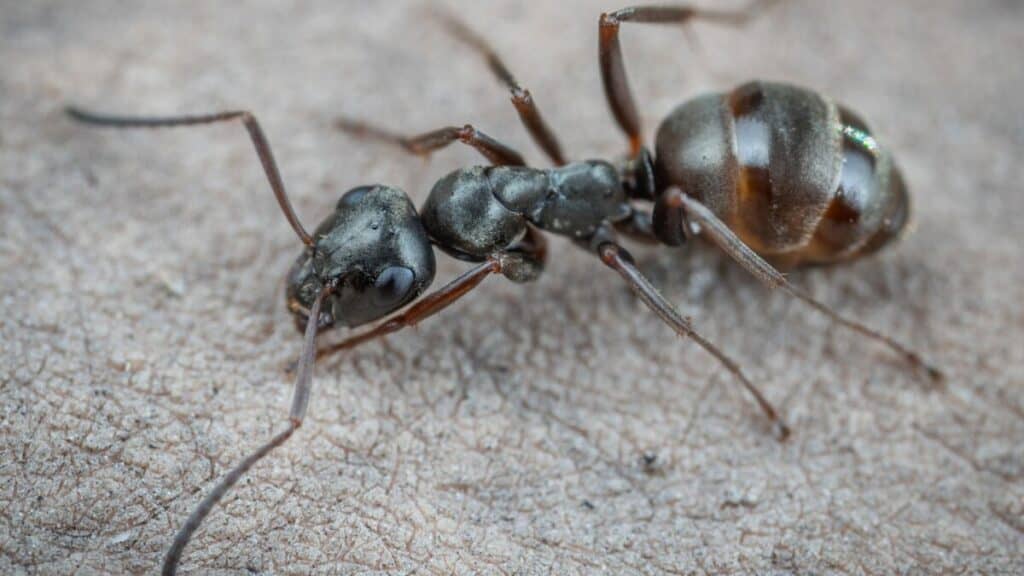
This is a crazy number of species, but it might not be as surprising when we consider that ants exist on every continent on earth except Antarctica.
They live in all kinds of climates and environments which might explain, at least in part, why there is so much diversity.
Yes, that means ants come in a variety of shapes and sizes. Red and black are the most common color, but ants actually come in a range of colors including green, yellow, and metallic hues.
The smallest ants can be less than a millimeter in length but the smallest ones you’d typically encounter would be 2 mm long like the Black Ant and the Pharaoh Ant.
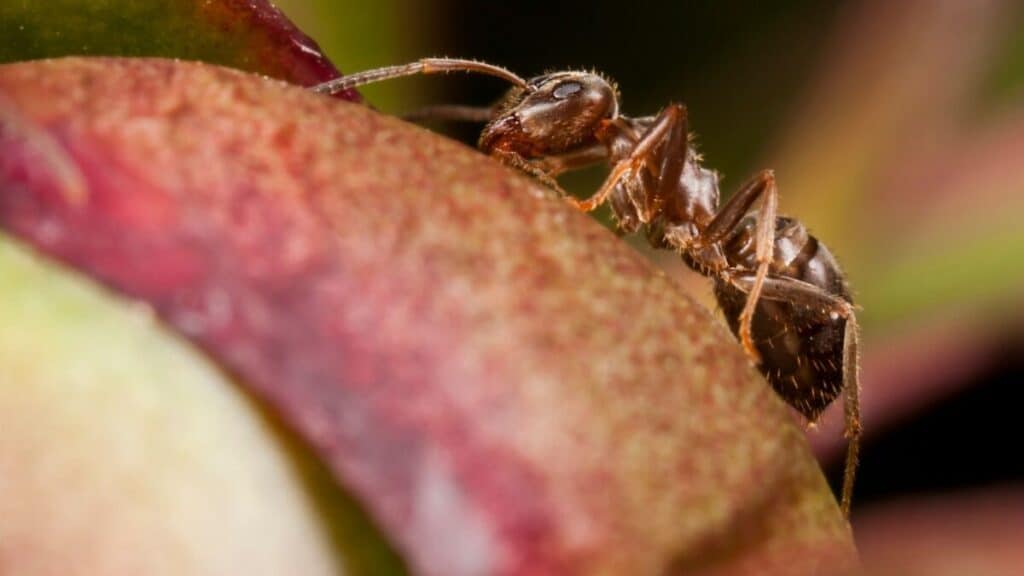
The largest ants, on the other hand, can grow up to 5 cm long. The record belongs to giant Amazonian ants, which one can rarely see outside South America.
#4 Some Ants Enslave Each Other
An ant colony looks like a real army once we start to look at their behavior in detail.
Some ant colonies try to attack or infiltrate others in various ways or for various reasons, but perhaps the most interesting is the slave-making ants.
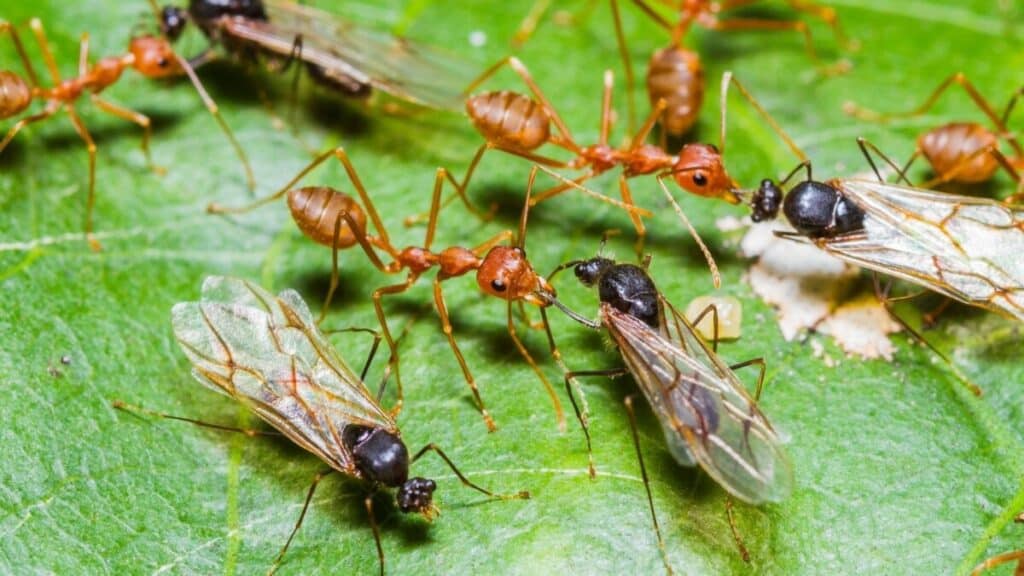
The slave-making ants simply barge into another colony of ants and steal their babies. They bring them back home and feed them until they hatch.
Upon hatching, the enslaved ants will proceed to work just as if they were in their colony, and spend their whole lives as slaves.
#3 Others Prefer To Be Farmers
Did you know that humans were not the first species to start practicing agriculture? No, it was ants! Ants that grow fungus, in particular.
Today, there are around 240 species of ants that are known as fungus farmers.
These ants not only make their fungus gardens underground, but they have also domesticated certain types of fungus.
Some of the fungi grown by ants cannot be found in the wild which means it’s completely dependent on ants and their farming – just like many crops humans use today.
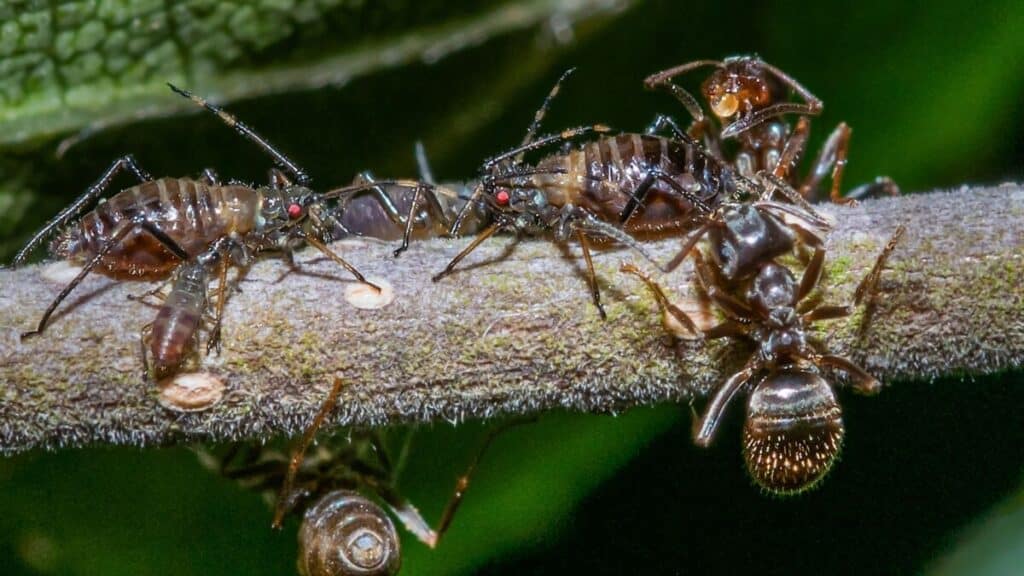
But, that’s not all! Some ants even have their herds. Herds of aphids, that is. Some ant species technically farm aphids by helping them feed and giving them protection.
In exchange, aphids let the ants consume the honeydew they produce.
#2 Ants Can Survive Up To 2 Weeks Underwater
Will an ant drown if it falls into a cup of water? Well, it might, but it will need to stay there for a very long time. Some ant species can survive two weeks underwater without issue.
But how is this possible? Well, remember the spiracles, the breathing openings ants have we talked about in fact #8.
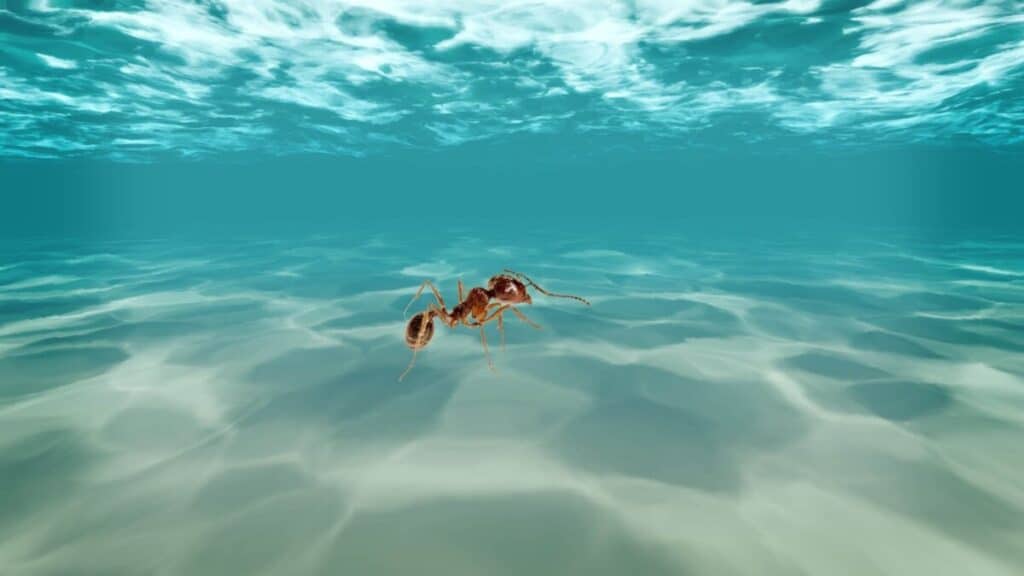
Ants can also close these openings when they want to. Closing the openings allows them not to drown, but the trick to survival is lowering their bodily functions.
In such a situation, ants can just stay still and calm their bodies so they consume less oxygen which allows them to survive longer.
#1 Queen Ants Are Among The Longest-Living Insects

The insects most famous for longevity include Cicadas and the Splendor Beetle, but did you know ants are also right there at the top of the list?
Ant queens are known to live up to 30 years. And in the ant world, the queen is the heart of the colony – once she dies, the whole colony will eventually die off, so it makes sense for her to live so long.
The average lifespan of a worker is between 1 and 3 years (if someone does not step on it earlier).
Alright, that’s it for this article, here are a few hand-selected articles that you might also find interesting reads:
Ants Female vs Male Its WAR!How many ants live in a colony – This surprised me!
Do Ants Hibernate in the Winter? Let’s Find Out
Recent Posts
Tiny Black Bugs in Bathroom NO WINGS: What They Are and What to Do!
Finding tiny black bugs in your bathroom can be uncomfortable, to say the least. Especially if they are persistent, or they appear in very large numbers, which they often like to do. When it...
Tiny Black Bugs in Plant Soil - What Are They & What To Do About It
A short horror story: You get a new houseplant. You do your best to take care of it. You’ve ensured that it has the right soil, the right amount of sun, it gets enough water. And then one day, you...

